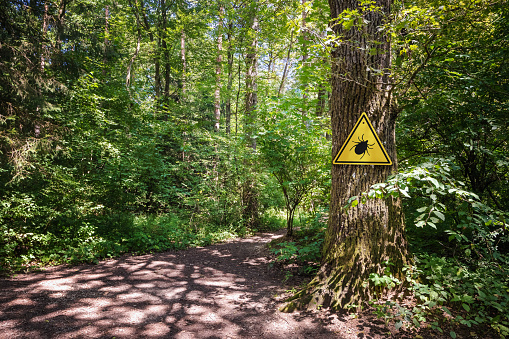OVERVIEWWhat is Lyme disease?
Lyme disease is a bacterial infection that is spread to humans through the bite of an infected black-legged tick. It often causes a rash and can also cause mild symptoms that can be treated with a short course of antibiotics. But Lyme disease can become serious, especially if not treated early.
The condition is named for Lyme, Connecticut, where a cluster of cases was first described in 1977. Despite its name, Lyme disease has been reported in every U.S. state except Hawaii. Once thought of as a “woods of New England” problem, if you spend time outside, you should understand Lyme disease.

Studio Banyan
Lyme Disease Topics

PROTECT YOURSELFDo you know what to do if you find a tick on yourself or your child?
Don’t panic. A tick — or even a tick bite — doesn’t necessarily mean you are going to get Lyme disease or another tick-borne disease. However, you do need to act promptly to remove the tick.
We’ll walk you through the seven steps you should follow to properly remove an attached tick.
